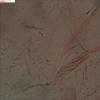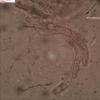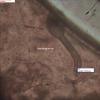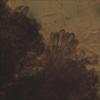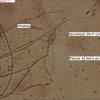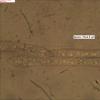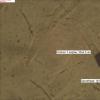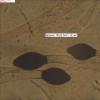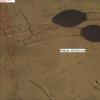
20-12-2025 23:08
Patrice TANCHAUDBonsoir, récolte sur sol sablonneux dans l'arri�

21-12-2025 09:32
Hello.A tiny ascomycete found embedded in wood in

20-12-2025 15:47
Mirek GrycHi.These grew on pine wood that was heavily covere

18-12-2025 21:17
Pol DebaenstThe identification took me to Byssonectria deformi

15-12-2025 07:09
 Danny Newman
Danny Newman
indet. Rutstroemiaceae sp. on unk. fallen leavesMc

19-12-2025 10:10
Patrice TANCHAUDBonjour, récolte réalisée en milieu dunaire, a

18-12-2025 17:23
 Bruno Coué
Bruno Coué
Bonjour,je serais heureux d'avoir votre avis sur c
Cercophora mirabilis
Joop van der Lee,
03-02-2014 09:33

Found on horse dung.
Sporehead has one septe and the pedicel has three septa.
On top of the asci there was an extension which I did not recognize.
Measurements are presented on the photos
Andrew N. Miller,
03-02-2014 16:07

Re : Cercophora mirabilis or arenicola?
"arenicola" means "inhabitant of, residing on sand" in Latin
Cercophora mirabilis is known for its distinct neck cells on the neck of the ascomata. Crush the neck and you may find them.
Andy
Cercophora mirabilis is known for its distinct neck cells on the neck of the ascomata. Crush the neck and you may find them.
Andy
Joop van der Lee,
04-03-2014 17:15

Re : Cercophora mirabilis or arenicola?
I finally found a fruitbody with mature spores in my opinion all items point to C. mirabilis.
The neck is covered with agglutinated cells.
Asci: not measured
Non-matured spores: 61.5-70x4.5-5 um containing > 20 oildrops (small and large), also covered with Phialides
Sporeheads: at first ellipsodial and finally lemon shaped at maturity 19-22.5x11-12 um.
Pedicel: 35-53x4.5-6.5 um; 3 septae
The neck is covered with agglutinated cells.
Asci: not measured
Non-matured spores: 61.5-70x4.5-5 um containing > 20 oildrops (small and large), also covered with Phialides
Sporeheads: at first ellipsodial and finally lemon shaped at maturity 19-22.5x11-12 um.
Pedicel: 35-53x4.5-6.5 um; 3 septae
Andrew N. Miller,
06-03-2014 17:31

Re : Cercophora mirabilis or arenicola?
I would call this Cercophora mirabilis.
Andy
Andy


